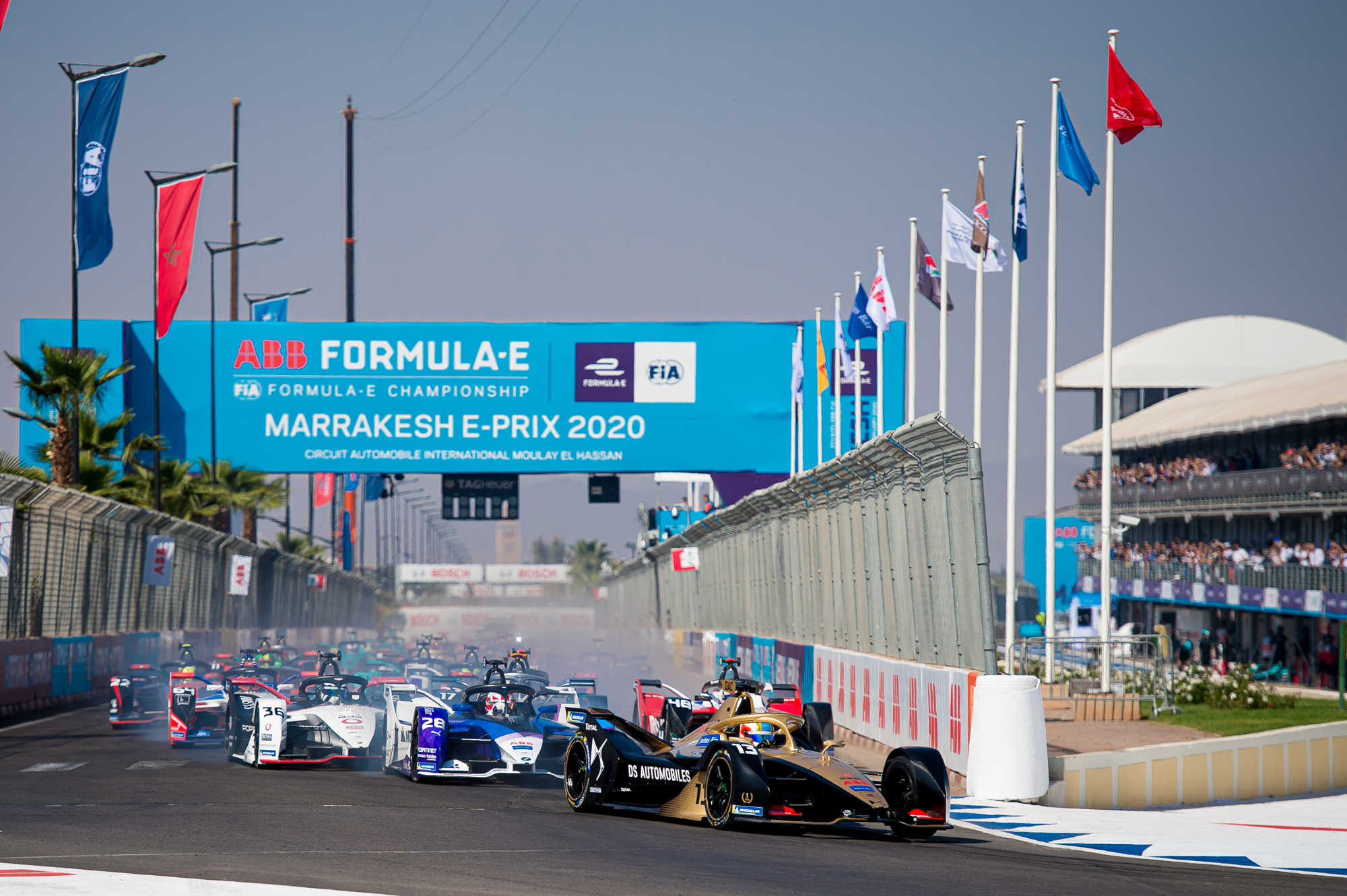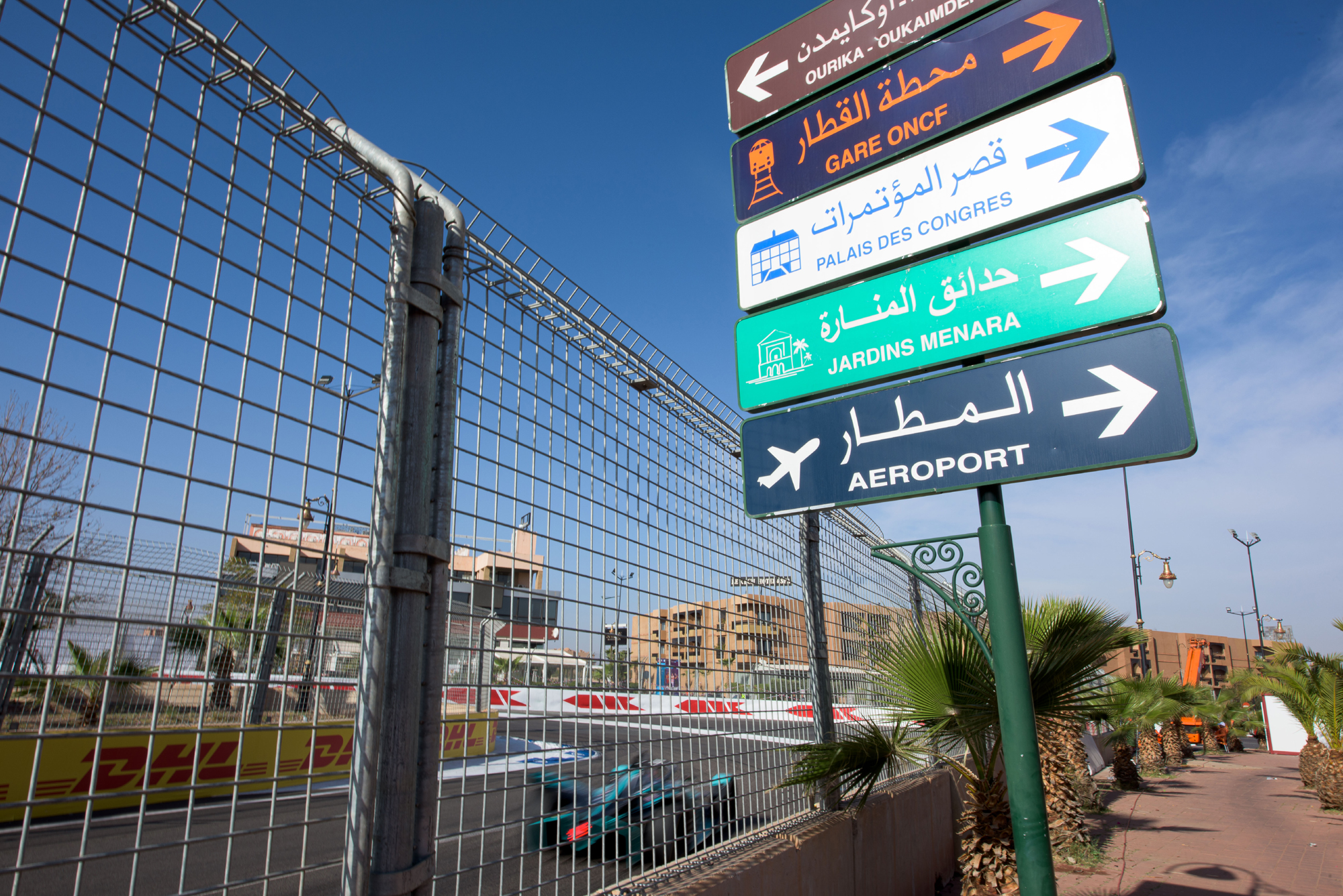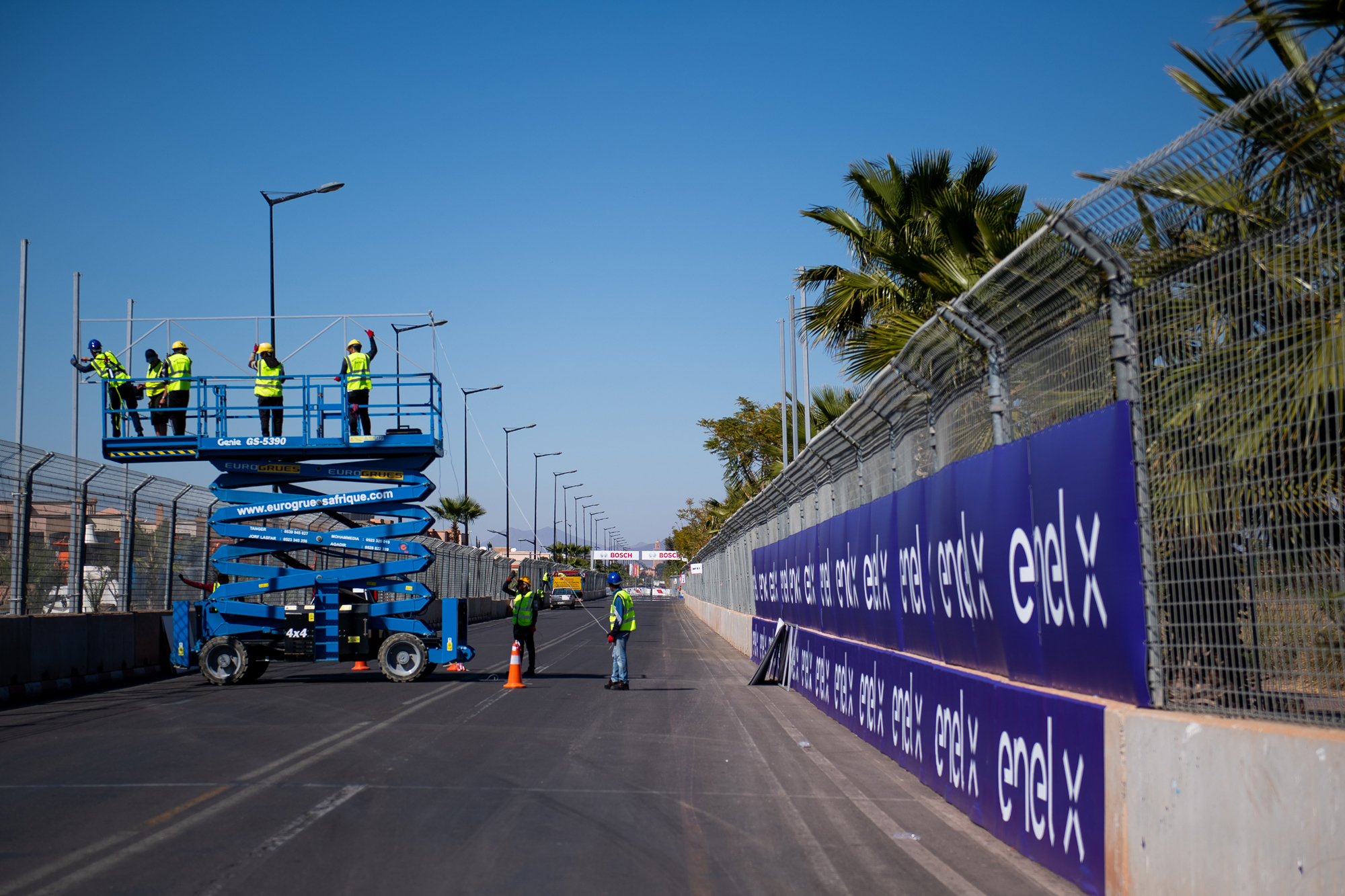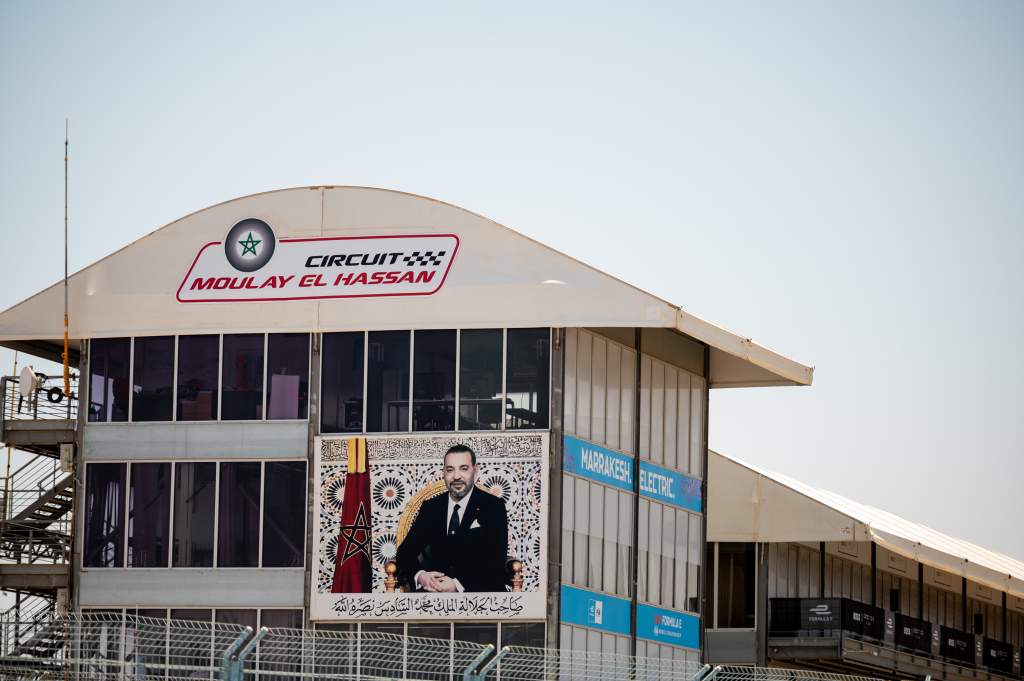There have been many famed super-subs in the world of sport and perhaps the Circuit International Automobile Moulay El Hassan in Marrakesh could be Formula E’s equivalent.
Those of a certain age might remember Liverpool FC’s flame-haired bench guru David Fairclough or, for a younger generation, perhaps it would be Divock Origi.
Patrick Tambay and Nico Hulkenberg are maybe the Formula 1 equivalents after their heroics in 1982 and 2020 respectively.
Whatever or whoever the stand-in, there’s always a story to tell when it comes to last-minute replacements.
So it is that Marrakesh has filled in for Vancouver, which should have been hosting Formula E cars this weekend.

The planned race in False Creek became a messy false dawn, and it meant Formula E Operations had some big decisions to make at the end of April, and it had to make them quickly.
Options were discussed at a specially convened board meeting in Monaco on April 28. These initially pointed towards a double-header in Jakarta or possibly Marrakesh filling in for the Canadian cancellation.
Ultimately Jakarta was kept at a single race, and it went off successfully at the start of June. But, prior to that event, senior members of the Formula E sporting team, namely Frederic Espinos and Nacho Calcedo, travelled to Marrakesh on a reconnaissance mission.
They were looking to see what shape the old faithful track – which has previously hosted Formula E on four occasions, the last of them just before the lockdown pause two years ago – and facility was in.
What they found was a kind of pre-COVID-19 time capsule locked into February 2020 when the world was just learning about a mystery illness called coronavirus.
This wasn’t the plot of a spooky Netflix sci-fi series. Espinos and Calcedo literally unlocked the doors to find it just the way they left it 27 months previously!
“We went there before Jakarta and, honestly, we opened the track, and it was exactly the same situation as when we left [in February 2020],” recalls Espinos.
“I opened the sporting office and for example there was still the timetable and the maps and so on, on the wall.
“Except for the karting track, nothing happened there since. So yes, we realised everything needed to be done in five weeks.”
It’s easy to assume that the semi-permanent facility at Marrakesh would be straightforward to reactivate for Formula E and that a couple of months would be more than enough time to get the race on its feet.

That is a massive underestimation for a world championship event and, as Espinos attests, “It was eight weeks’ notice but technically five weeks to prepare everything.”
Several teams of suppliers had to be deployed rapidly and it became critical that the crucial marshalling capacity was swiftly sourced.
These will include teams of marshals from Monaco, Pau and Le Mans in what Espinos calls “the main challenge”.
“Also, thanks to the team at the Marrakesh Grand Prix company under Aly Horma, who all know perfectly well what they have to do for the event, they have been tremendous,” Espinos adds.
“It is a challenge because it means confirming a lot of suppliers in very short-term notice and reacting super-quick.”
The Marrakesh Grand Prix company that Horma runs is in charge of the only semi-permanent world championship motorsports venue in Africa.
With the non-permanent part of the circuit needing to be built, Formula E has to lay walls and debris fencing around a proportion of the layout to complete the full track.
This has compromised build time because of the summer heat, which in early June peaked at 43C in central Marrakesh, enabling construction work to be carried out only at certain periods of the day.
The temperature is forecast to be not as hot for the coming weekend but, with the mercury still around the 34C mark, circuit workers have to be protected from the midday sun.
This means that the first free practice session of the weekend will take place on Friday evening. The second practice and qualifying sessions will be completed by 11am on Saturday and the race is slated for 5pm local time.

“The working conditions are difficult in the day, so the work is completed at night,” confirmed Espinos.
“With some of the track permanent, it is easier but still there is a lot of work to be done.
“As an example, the on-track painting and the attack mode loop is still there [from 2020] and more or less ready to go.”
Drivers and cars were tested to their maximum in Jakarta a month ago with energy-sapping 90% humidity and temperatures around the 36C mark.
The drier heat of Marrakesh will be slightly less challenging for drivers and Epsinos also has few concerns about the thermal limits of the batteries in the cars.
“I don’t think it’s a concern for the car because we have seen it in Santiago [in 2019] where there were record temperatures like crazy.
“We have seen it in Jakarta recently also. It’s working. The main concern for me was for the people and especially for the marshals around the track.
“This is why we have, let’s say, a special timing for this weekend.”
Quite often super-subs and limited timeframes go hand-in-hand, but it remains to be seen if Marrakesh can be a last-minute winner for Formula E.
On a weekend when the British Grand Prix will suck the vast majority of coverage out of the motorsport world, the Formula E World Championship needs a race that performs strongly on TV just after the qualifying action at Silverstone.
That would soothe the sting of the late Vancouver cancellation and that event’s subsequent meltdown.






